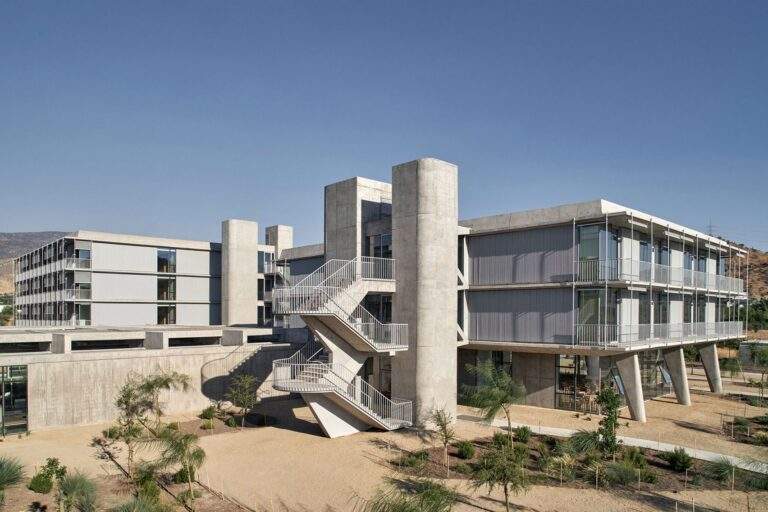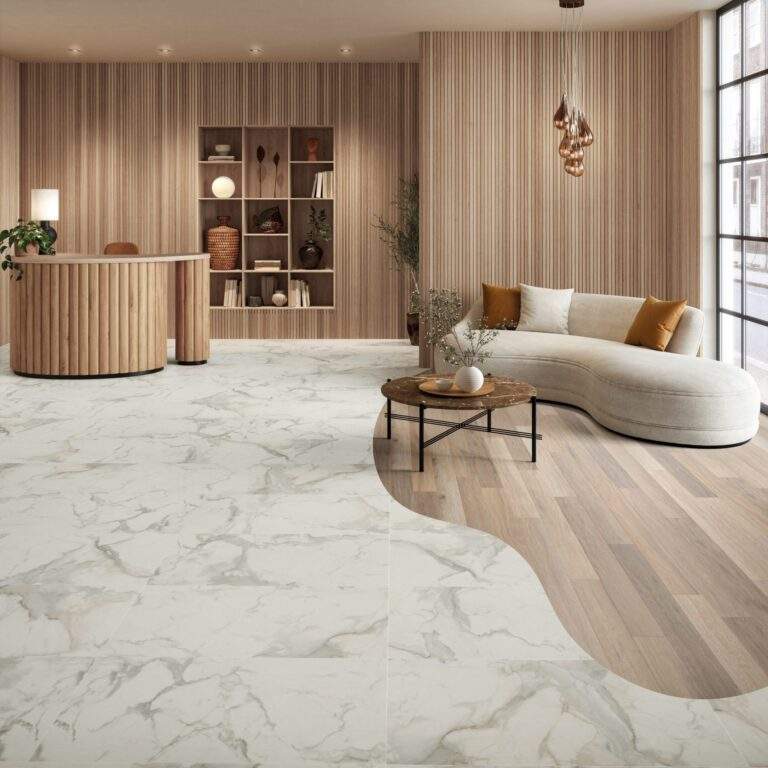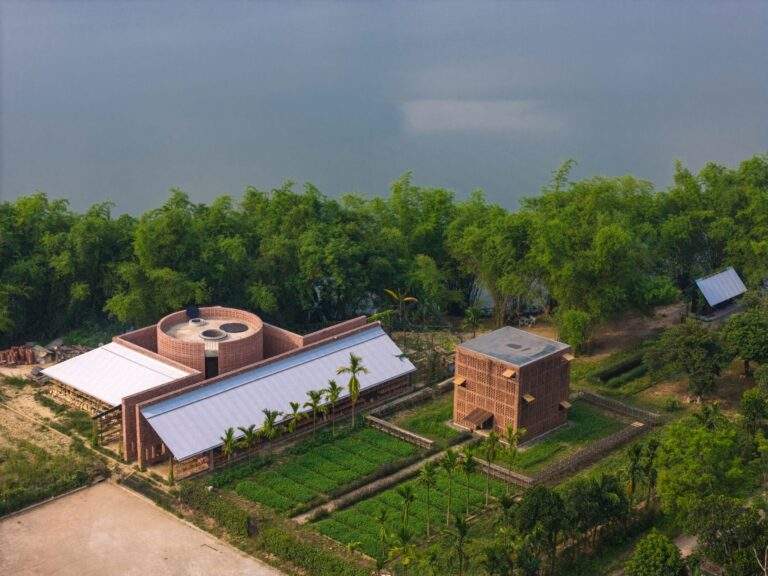Cladding is used to cover the exterior of buildings, shops, and even gas stations due to its durability and modern appearance. It also serves as an effective protective layer against various weather conditions. In this article, we will explore the available sizes of cladding panels, their installation methods, and the main benefits they offer. We will also highlight key points and provide a FAQ section at the end.
What is Cladding?
Cladding refers to panels designed to cover the exterior surface of buildings. It acts as a protective shield against moisture, rain, and high temperatures. Additionally, cladding gives buildings a sleek, modern look and helps reduce the need for frequent maintenance due to its ease of cleaning.
Common Cladding Panel Sizes
Cladding panels are available in standard market sizes as well as custom-made options depending on the project. Here are some commonly used sizes:
| Width | Length | Thickness | Additional Notes |
|---|---|---|---|
| 125 cm | 366 cm | 4 mm | A standard size used in most projects |
| 125 cm | 450 cm | 4 mm | Widely available in the market |
| 125 cm | 550 cm | 4 mm | Suitable for larger surfaces |
| 125 cm / 150 cm (custom) | As required | 4 mm or even 6 mm | Custom sizes available with bulk factory orders |
Custom sizes are an option for large-scale projects and are usually produced directly upon request from the manufacturer.
How Are Cladding Panels Installed?
There are several methods to install cladding depending on the design and nature of the building. The most common methods include:
- Using Aluminum Profiles:
Cladding panels are mounted using aluminum sections in the same way as glass. It’s important that the cladding’s external projection matches that of the glass. For example, if the glass protrudes by 6 cm, the cladding should do the same. - Using Steel Pipes:
Some companies prefer to install cladding on steel pipes due to their strength and stability. The installation method is similar to glass, with a small gap between the two materials. - Gaps and Sealants:
A 1 cm gap should be left between the cladding and the glass. This gap is filled with heat- and water-resistant silicone to ensure durability and weather protection.

The Importance of Cladding Design and Installation
What makes cladding a widely used option is its strategic design and planning, which consider standard market sizes to avoid material waste. Here are a few key points:
- Precision in Design:
Accurate calculations are essential for cost control and to avoid ordering non-standard sizes, which could increase overall project costs. - Modern Aesthetics:
Cladding enhances the appearance of buildings, making it especially valuable in commercial façades and upscale developments. - Low Maintenance & Durability:
Thanks to its resistance to weather and ease of cleaning, cladding minimizes long-term maintenance costs.
Available Colors and Designs in Saudi Arabia
Designers offer a variety of colors and finishes to suit different preferences and architectural styles. Popular choices include:
- Wood-Look Panels:
Provide a warm, natural appearance—ideal for projects aiming for a cozy and stylish feel. - Mirror-Finish Panels:
Suitable for towers and commercial buildings, these panels reflect sunlight while allowing beneficial light to pass through. - Marble-Look Panels:
Give a luxurious and contemporary finish, often favored by companies seeking visual distinction.

Frequently Asked Questions (FAQ)
Q: What are the most common cladding panel sizes?
A: Standard sizes include 125 cm in width and lengths of 366 cm, 450 cm, and 550 cm with a thickness of 4 mm. Custom sizes are also available upon request.
Q: What are the typical installation methods for cladding?
A: Cladding can be installed using aluminum profiles or steel pipes. A 1 cm gap is usually left and filled with silicone for insulation and protection.
Q: What are the main benefits of using cladding on buildings?
A: Cladding offers weather protection, ease of cleaning, a modern aesthetic, and fire-resistant options when processed correctly.
Q: Does cladding design require accuracy?
A: Absolutely. Accurate measurements ensure compatibility with market sizes, reducing waste and cost.
In summary, cladding panels offer a practical and aesthetic solution for building façades. By choosing the right sizes and installation method, you can achieve a modern exterior that protects the structure and reduces maintenance without sacrificing appearance.








